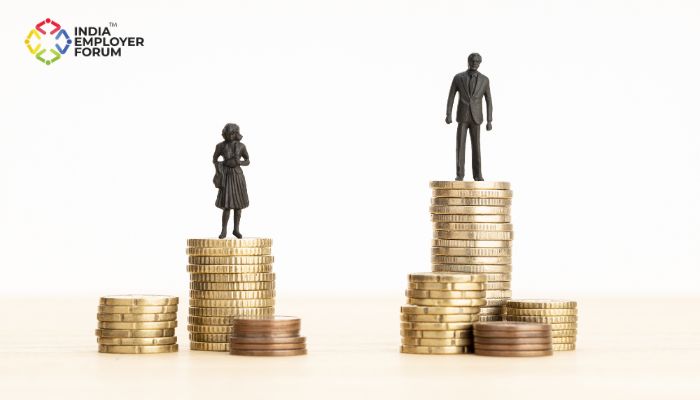The issue of the gender pay gap has been a global concern for many years now. Despite the strides made in many countries to narrow the gap, the issue remains a persistent one that requires continuous attention and effort. In India, there has been progress in narrowing the pay gap in recent years, but there is still a long way to go in achieving pay parity.
According to the World Economic Forum, the gender pay gap in India has narrowed by 2.6% in the past decade. However, India ranks 140th out of 156 countries in terms of wage equality for similar work. This ranking is a clear indication that more needs to be done to achieve pay parity in India.
The pay gap in India is significant, with women earning on average 19% less than men. This gap is even more pronounced in some sectors, such as the IT industry, where women earn 34% less than men. There are various factors contributing to this gap, including discrimination based on gender, traditional gender roles and biases, and lack of women’s representation in leadership positions.
You might also be interested to read: Bringing Women Back to Work in the Post-Pandemic World
Discrimination based on gender is a major factor that contributes to the pay gap. Women often receive lower pay than their male counterparts, even if they possess similar qualifications and experiences. This discrimination can take many forms, such as pay discrimination or the denial of promotions or career advancement opportunities.
Traditional gender roles and biases also play a significant role in perpetuating the pay gap. Women are often expected to prioritize family over work, which can result in them being paid less or not being promoted as quickly as men. These biases are deeply ingrained in society, and it can be challenging to change them.
The absence of women in leadership positions is another factor that contributes to the gender pay gap. When there are no women in leadership positions, there is no one to advocate for pay parity or women’s career advancement. This lack of representation can be especially challenging for women who are trying to navigate their careers in male-dominated industries.
Despite the implementation of policies aimed at promoting gender equality in the workplace, such as the Equal Remuneration Act of 1976, the implementation and enforcement of such policies remain challenging. This is often due to a lack of awareness or understanding of the policies and their implications. Moreover, some companies may not prioritize pay parity and may not be willing to take the necessary steps to address the issue.
However, many companies are taking steps to address the gender pay gap in India. For example, Accenture India and Merck India have both committed to pay parity and equal pay for equal work. These companies are leading the way in creating a more equitable workplace, and other companies can follow their lead.
Women-led initiatives are also playing a critical role in promoting gender equality in the workplace. The #ShareTheLoad campaign by Ariel and the Women in Leadership initiative by KPMG India are examples of such initiatives. These campaigns are raising awareness about the gender pay gap and advocate for change.
In conclusion, while progress has been made in narrowing the gender pay gap in India, more needs to be done to achieve pay parity. The government, companies, and women-led initiatives all have a role to play in creating a more equitable society. Continued efforts and a commitment to change are necessary to address this persistent issue and create a workplace where everyone is treated fairly and equally.
References:
- The Indian Express, Gender pay gap decreasing but still far from over, March 9 (2023)
- World Economic Forum, Global Gender Gap Report 2021, Weforum.org
You might also be interested to read: Widening Gender Pay Gap and Why It Needs Fixing Now






